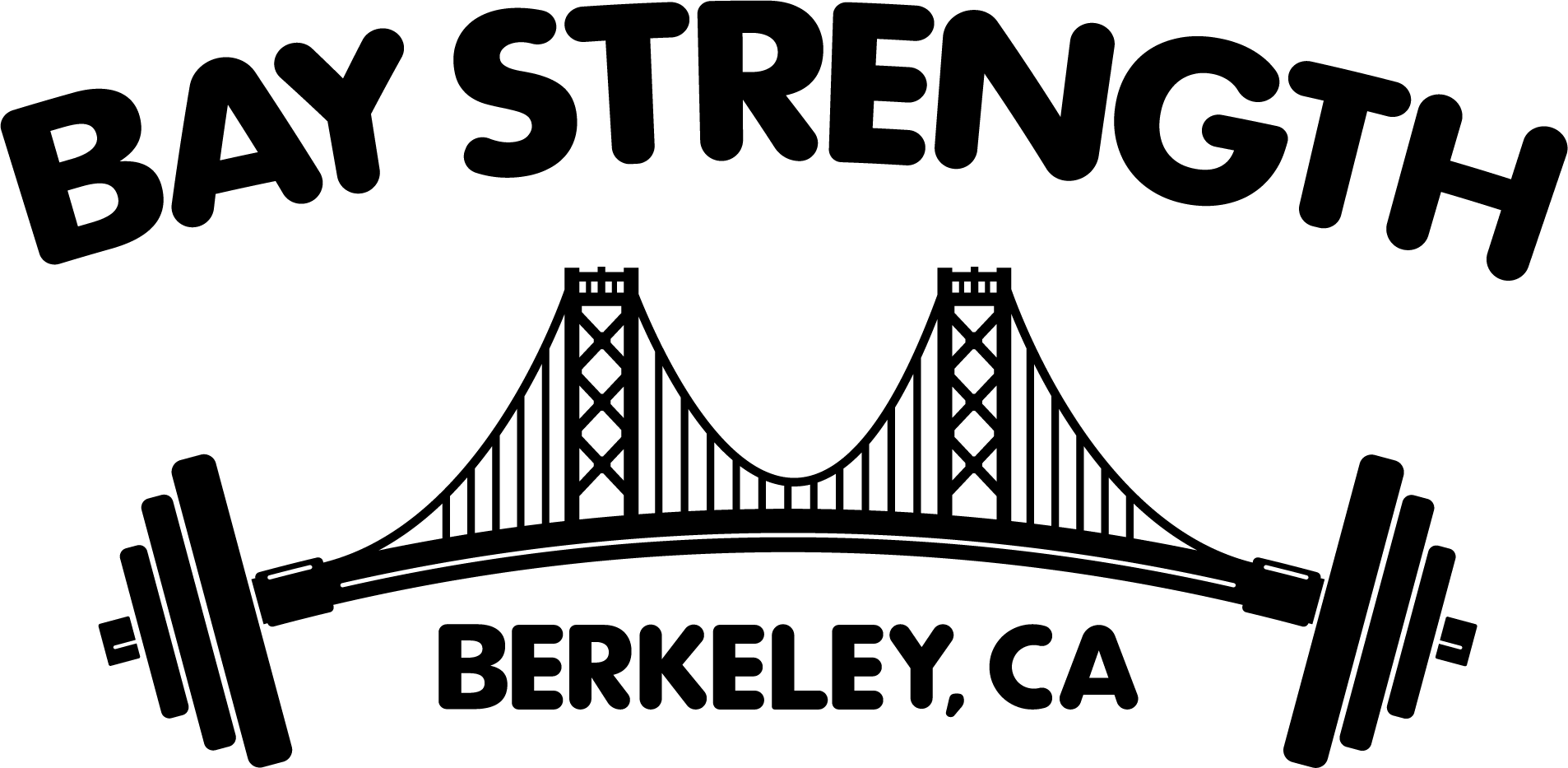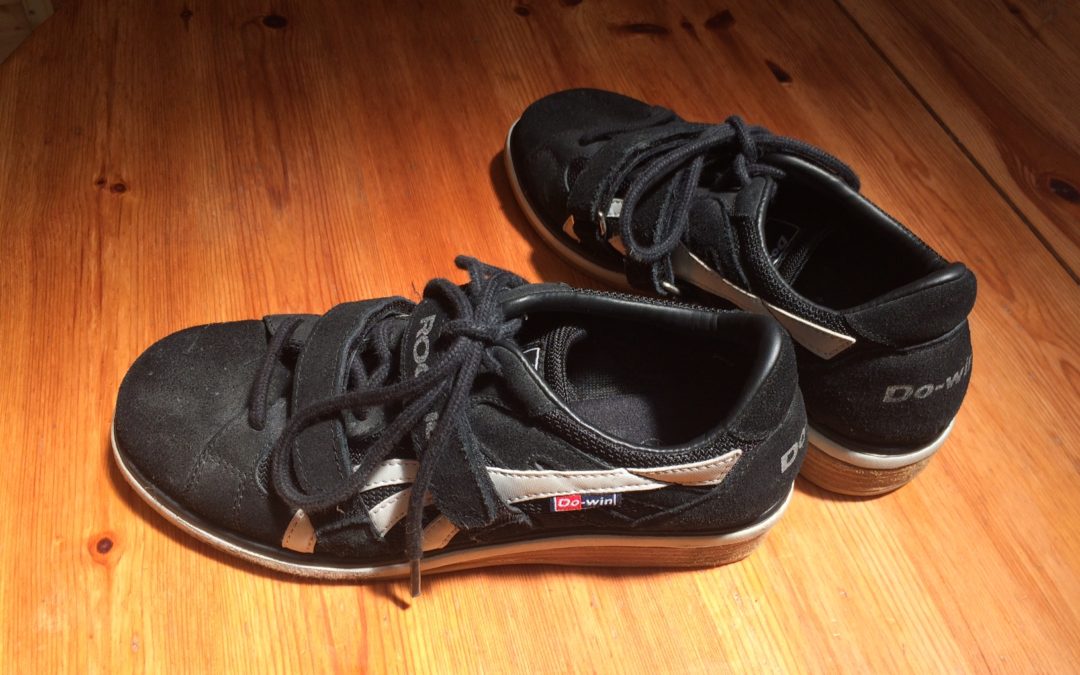“Shoes are the only piece of personal equipment that you really need to own.” Starting Strength: Basic Barbell Training by Mark Rippetoe.
Why do people think shoes are unimportant, or decide to wait to buy weightlifting shoes until they are lifting more? What makes this piece of equipment so essential?
A large proportion of form check videos get submitted to the Starting Strength Facebook group, as well as the Starting Strength forum, in which the lifter is wearing chucks, or running shoes, or anything other than a weightlifting shoe. We’ve seen socks, bare feet, Vibram Five Fingers, and flip-flops. Most of the time, the FIRST thing to address is this, and many of the Starting Strength Coaches who contribute their free time doing form checks will say so.
Why is this?
Weightlifting shoes appear in Starting Strength: Basic Barbell Training in many of the illustrations and drawings. The instruction to wear them occurs on page 68, in the chapter on the squat, under “Personal Equipment.”
The instruction is this: “Shoes are the only piece of personal equipment that you really need to own.” The rationale for the necessity of wearing weightlifting shoes covers a full page. The short version is that the sole of a weightlifting shoe resists the force of compression, which gives the lifter something to push against that doesn’t deform under pressure. The slight heel gives the lifter a mechanical advantage at the bottom of a squat. This heel height can vary from a ½ inch overall rise to ¾ of an inch. Over time, a lifter may decide to favor a slightly lower or higher heel, depending on anthropometry and lifting style.
We see over and over that the substitution of a good shoe for a bad will correct many of the movement problems that show up in the squat. Even more, we see that the bad shoe itself actually contributes to the coordination problems many people have in the squat. These coordination problems lead to injury at worst, and at best, prevent the lifter from making progress and adding weight to the bar, which of course prevents them from getting strong.
Why do so many people spend money on gym memberships, hire coaches, buy good barbells and weights, and fail to purchase this essential piece of equipment?
Obstacles:
- They are expensive. Maybe you’ll quit and then you won’t need them after all.
You can get a pair for as little as $50. There are discounts to be had, and ebay is often a good source for used shoes. If you quit, sell them to someone else. Or, donate them to your local Starting Strength gym or coach!
- You have to order them online. How do you know what size to order and what if they don’t fit?
Most online retailers will let you return your items at no charge and many of them offer free shipping on returns. You may end up with the wrong size and have to get another. This should not prevent you from purchasing this essential equipment.
- Perhaps you did read the book carefully and saw this: “serious lifters invest in squat shoes.” Maybe you thought, “well, I’m a beginner, not lifting very much weight, and I am not serious enough to invest in shoes.”
If this is you, I have to disagree. Even if this is your first day and you are only squatting the bar – even if you cannot yet squat the empty bar and you’re squatting to a box, you are now a serious lifter. You are a strength athlete and you should everything in your power to make your pursuit work the way it is supposed to. I have worked with numerous strength athletes of all ages and abilities, some who started out weak enough that they could not stand up from a below parallel squat. They all made significantly better progress once they had the right shoes for the job.
- Your feet have always been hard to fit. Perhaps you have specific needs, like arch support, or pronation control, or maybe a wide toe box or narrow heel. You want to try on a bunch of pairs, walk around the room in them, make sure they are comfortable.
These are legitimate concerns if you are buying a running or walking shoe. You’ll be spending hours in those shoes, moving from place to place, sometimes with repetitive impact. A good running or walking shoe should help you run or walk, not prevent you from walking or running because your joints hurt or you have blisters.
Weightlifting shoes should not help you walk or run. They are meant to be completely non-compressible. They are meant to help you stay over the middle of your foot. This is the exact opposite job that a walking or running shoe is meant to do, which is to help you roll from heel to toe, and provide some cushion while you do so. Weightlifting shoes are not meant to be worn longer than the length of a single training session. The most walking you will ever do with them on, is whatever the distance is from the weight tree to the bar.
Most folks can just make sure they buy a shoe that is the right size. There is often a sizing guide or chart on the website of the major brands, which can be used even if you end up buying the actual shoe on Amazon. Some shoes are known to be better for wide or narrow feet. If you have further needs, a insole can be added to the shoe if necessary.
Get the shoes. Why would you deliberately put something on your feet that makes it harder to train?
Look for our upcoming blog post for a guide to the current shoe choices!

